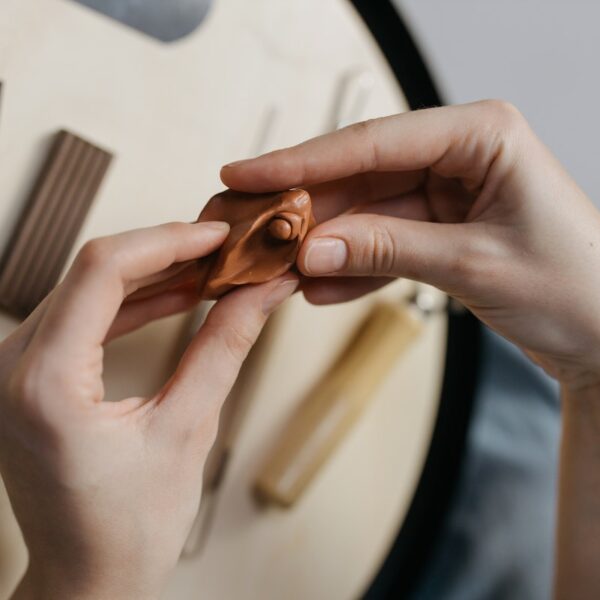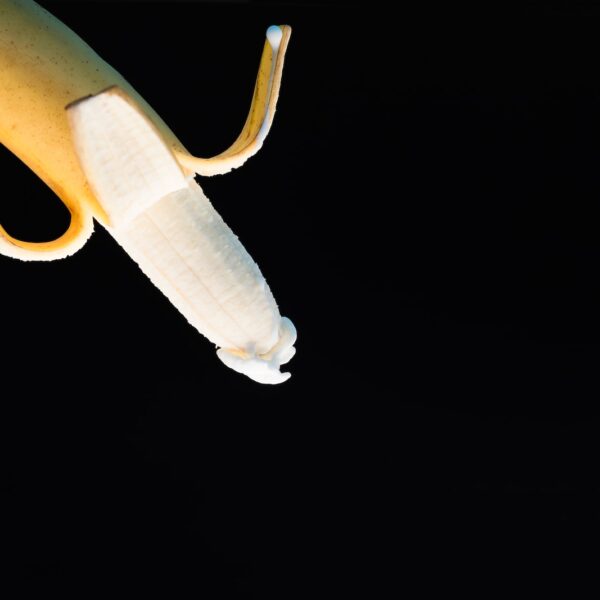If you are having sex for the first time, it is important to do some foreplay to get the vagina wet and penis erect. This will make it easier to insert the penis during penetration and help you both reach orgasm.
The vulva is all the external parts of a woman’s anatomy and includes her clitoris, which has thousands of nerve endings and is very sensitive. Many women need to stimulate their clitoris during penetration to have orgasm.
The vaginal opening
Women have a hole down there called the vaginal opening. It is located within the vulva (female reproductive organs). This is where sperm enter the body to be fertilized during sex and where babies come out during childbirth.
The vulva also contains the clitoris, labia and hymen. The hymen is a thin layer of tissue that protects the vulva and partially covers the vaginal opening. It is stretched and opened during sexual intercourse, exercise and childbirth. It is also damaged during certain medical procedures such as having a hysterectomy.
During sex, the penis inserts into the vaginal opening. This can feel painful for some women due to muscle contractions caused by sex. This is known as vaginismus and it can be caused by various factors including hormone changes, emotional trauma, or even a lack of foreplay.
The penis can go in the stretchy space either in front of the cervix or behind it, depending on whether the woman has a hymen. It can also go into the urethra, which is a tube that carries urine from the bladder to the outside of the body. This is where urine comes out when a woman pees. Women who do not have a hymen don’t have a urethra and are therefore unable to urinate. This is a good reason why it’s important to practice safe sex and use protection.
The vulva
Your vulva is a powerful passage that leads from the inside of your body to the outside world. It includes a hole called your vaginal opening, folds of skin called labia majora and minora, the tip of the clitoris (known as the glans), and the urethra.
Your vaginal walls are made of soft tissue that molds around a penis, fingers, female condoms, tampons, or other objects inserted in it. It also provides a route for sperm and ejaculate to travel from the genitals to the uterus during penis-vaginal sex.
The mons pubis is a mound of fatty tissue located directly anterior to the pubic bones and usually covered in pubic hair. It helps cushion the area during sexual intercourse and houses sebaceous glands that secrete hormones associated with sexual attraction.
Labia majora and labia minora are similar to the scrotum and shaft skin of the penis. The clitoris has thousands of nerve endings and, like the penis, becomes erect when it’s aroused. It’s attached to the glans, or clitoral hood, via the vestibular bulbs and the vulva vestibule.
The clitoral hood is covered in special glands called Bartholin glands that release a fluid during sex to keep things lubricated and frictionless. Sometimes, those glands can get blocked, causing cysts that look like little bumps on the vulva.
The clitoris
A female’s clitoris (or “clit”) is the little nub that’s positioned at the top of the front of her vulva. It’s a pea-sized structure that’s usually covered by a piece of skin called the clitoral hood. If you pull up the hood, you can see its round-ish head or glans. The glans is the only part of the clitoris that’s visible from outside. The rest of the clit is inside the body, and it’s shaped like an upside-down wishbone with legs (or crura) and vestibule bulbs that branch out from its head.
The glans of the clit are filled with nerve endings and are especially sensitive to touch. That’s why it’s important to communicate with your partner during sexual intercourse. This helps prevent accidental penetration that may cause pain and infection.
You can have vaginal sex any way you and your partner choose – from gentle and intimate to passionate and adventurous. But it’s important that both partners are enthusiastic and relaxed. And always remember to use a condom to help prevent infection.
If you have a condition that causes hormone imbalances, your clitoris may grow larger than normal. This is called clitoromegaly. This includes conditions such as polycystic ovary syndrome and congenital adrenal hyperplasia. Having a large clitoris can make it harder for you to insert your penis during sex.
The urethra
The urethra is the tubular structure that carries urine from the bladder to an external opening in the perineum. It is lined by a mucus secreting epithelium. In males, the urethra also transports semen during sexual activity.
The female urethra is shorter than the male urethra, and it opens onto the pelvic floor. It is muscular and erectile, and it contains Skene’s glands which produce a watery fluid during sexual arousal. It is surrounded by an internal pudendal sphincter muscle.
Unlike the vagina, which is designed to accommodate a penis and other objects such as fingers, tampons, and condoms, the urethra is not flexible and can be easily injured by these items. This is why it is important to communicate with your partner about where you want them to insert the penis during sex.
A healthy urethra is about 15-20 cm long. The proximal end is covered by transitional epithelium, which has a columnar appearance. The distal end is covered by pseudostratified columnar epithelium.
During sex, it is common for a man’s penis to be mistakenly inserted into the urethra instead of the cervix. This can cause pain and may result in bleeding. It can also lead to urinary tract infections (UTIs). UTIs are most commonly caused by bacteria passing up the urethra into the bladder. They can then spread to the vulva, which is why it is important to use a condom during sex and avoid contact between the urethra and other objects.




Leave a Comment